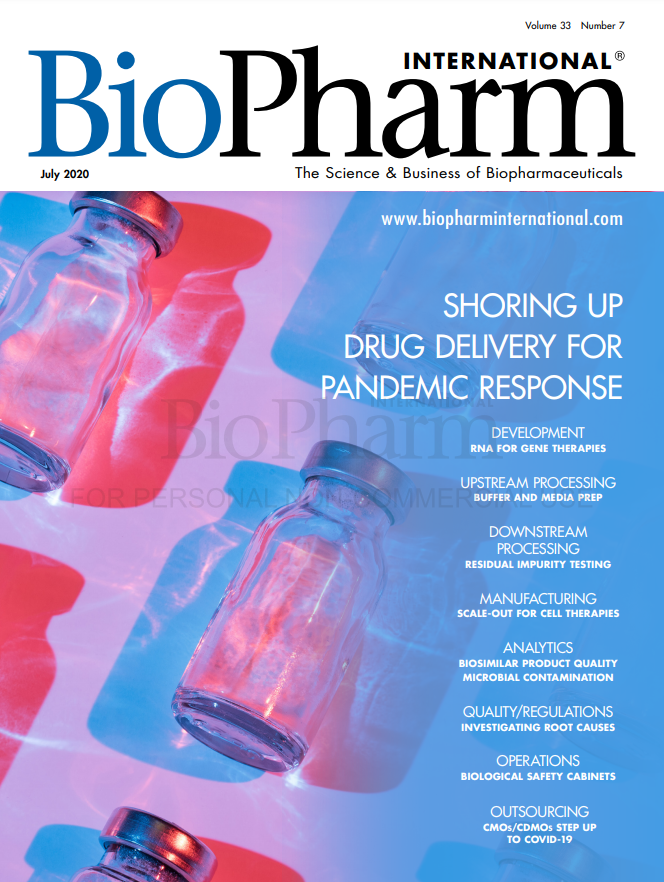Investigating an OOS in a Biosafety Cabinet
Determining the root cause of out-of-specification (OOS) and other problems requires a careful, deductive approach and a clear understanding of processes.
Determining the root cause of out-of-specification (OOS) and other problems requires a careful, deductive approach and a clear understanding of processes. A case study presented by Parexel Principal Consultant Jim Stumpff (see feature on p. 36) also emphasizes the need for multidisciplinary expertise. The study examines an OOS event that occurred in a biosafety cabinet at one biopharma company. The problem occurred during bioburden testing and final fill load sampling via membrane filtration. Higher than specified levels of the bacterium, Propionibacterium sp., were detected. The test had been used for years without incident.
Risk analysis had ruled out personnel, equipment, the environment, material, or measurement as root causes. However, when the standard operating procedures for bioburden testing were reviewed, problems were found with gowning procedures in the lab, which allowed microbes to enter the process stream when a CQ operator adjusted his safety googles. In this case, Stumpff writes, quality assurance staff had not suspected gowning procedure problems because they focused on manufacturing, and did not routinely monitor lab operations. Phase 2 of the lab investigation into root cause, which involved a more diverse group of specialists, allowed the reason for the deviation to be found and addressed.
Article Details
BioPharm International
Vol. 33, No. 7
July 2020
Page: 42
Citation
When referring to this article, please cite it as A. Shanley, "Investigating an OOS in a Biosafety Cabinet," BioPharm International 33 (7) 2020.
